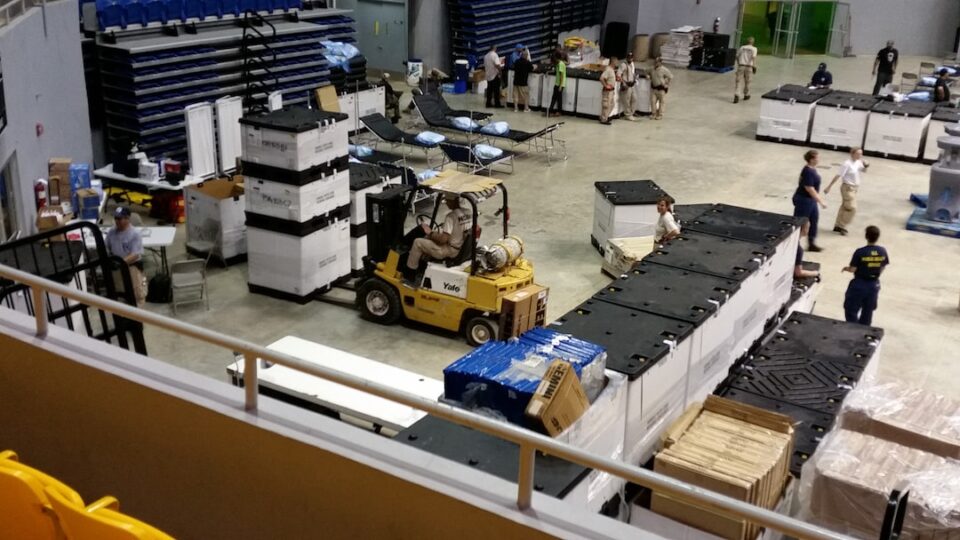The Role of Augmented Reality in Enhancing Manufacturing Operations
In recent years, technology has played a crucial role in revolutionizing various industries, and the manufacturing sector is no exception. One of the most promising technological advancements that are reshaping manufacturing operations is augmented reality (AR). Augmented reality refers to the integration of digital information and virtual objects into the real world environment, creating an enhanced perception of reality. This technology has the potential to transform the way manufacturing processes are carried out, leading to increased efficiency, productivity, and overall operational excellence.
One of the key areas where augmented reality is making a significant impact in manufacturing operations is in worker training. Traditionally, training new employees in manufacturing facilities involved lengthy classroom sessions, videos, or on-site apprenticeships. However, these methods often fall short in providing hands-on experience and real-time feedback. Augmented reality addresses these limitations by allowing workers to learn and practice their skills in a virtual environment that simulates actual manufacturing scenarios. By wearing AR-enabled devices, such as smart glasses or headsets, trainees can visualize complex machinery, follow step-by-step instructions, and receive real-time guidance and feedback. This not only reduces the learning curve but also minimizes the risks associated with on-site training, enhancing worker safety.
Moreover, augmented reality can greatly improve the efficiency of assembly and production tasks. In a manufacturing setting, workers often have to refer to instruction manuals or consult with supervisors on how to properly assemble components or operate equipment. These interruptions can be both time-consuming and error-prone. However, with AR technology, workers can have virtual overlays of instructions and guidelines directly projected onto their field of view. This enables them to carry out tasks without the need to constantly divert their attention to manuals or seek assistance. By eliminating these interruptions, workers can complete tasks more efficiently, leading to increased productivity and reduced downtime.
Another area where augmented reality is proving to be invaluable in manufacturing is in quality control and inspection processes. Ensuring products meet the highest quality standards is crucial for manufacturers to maintain customer satisfaction and brand reputation. Traditionally, quality control involves manual inspection of products, which can be subjective and time-consuming. Augmented reality offers a more accurate and efficient way of inspecting products by superimposing virtual overlays onto physical components. This allows inspectors to easily identify defects, measure tolerances, and perform accurate assessments. By streamlining the inspection process and reducing human error, AR technology helps manufacturers maintain high-quality standards, leading to improved customer satisfaction and reduced rejection rates.
Furthermore, augmented reality enhances collaboration and communication among teams in a manufacturing facility. With AR-enabled devices, remote experts can virtually guide and support on-site technicians in real-time. By sharing their field of view, remote experts can provide immediate assistance, troubleshoot issues, and guide workers through complex tasks. This not only saves valuable time and resources but also enables seamless knowledge transfer between experienced and less-experienced workers. Additionally, AR can facilitate virtual meetings and demonstrations, where participants from different locations can collaborate and visualize 3D models, prototypes, or designs. By breaking geographical boundaries, augmented reality enables a more efficient and inclusive communication process, leading to improved decision-making and problem-solving.
Another aspect of augmented reality that is enhancing manufacturing operations is data visualization and analytics. In a complex manufacturing environment, there is a vast amount of data generated from various sensors and machines. Making sense of this data and deriving actionable insights can be challenging. However, with AR technology, workers can have real-time access to relevant data and visualize it in an intuitive and meaningful way. By superimposing data overlays onto physical objects or machinery, workers can quickly identify trends, anomalies, and performance indicators. This empowers them to make informed decisions and optimize processes for improved efficiency and cost-effectiveness.
In conclusion, augmented reality is playing a vital role in improving manufacturing operations across various aspects. From worker training and assembly tasks to quality control and collaboration, AR technology is revolutionizing the way manufacturing processes are carried out. By providing immersive, real-time information and virtual overlays, augmented reality enhances worker efficiency, productivity, and safety. It enables better quality control and inspection processes, leading to improved customer satisfaction and reduced rejection rates. Moreover, AR facilitates seamless collaboration and communication among teams, regardless of geographical locations. Lastly, by visualizing and analyzing data in a meaningful way, AR technology empowers workers to make informed decisions and optimize processes. As the capabilities of augmented reality continue to evolve, the potential for its application in manufacturing operations is boundless, promising a future of enhanced efficiency, productivity, and innovation.

